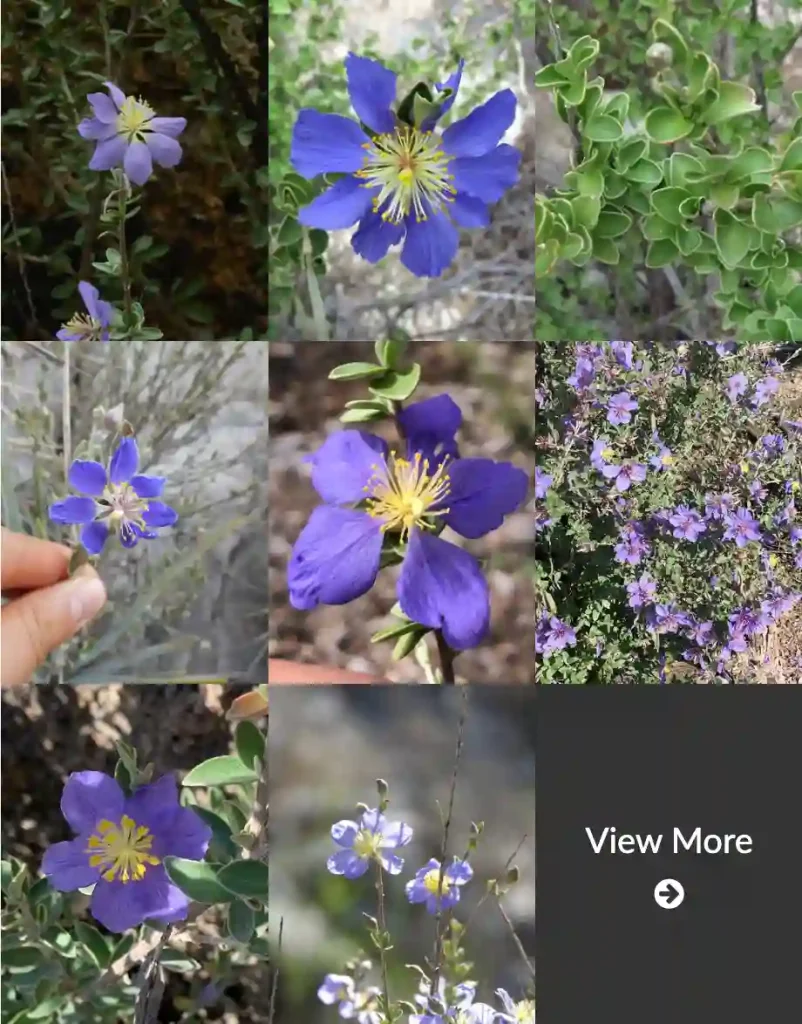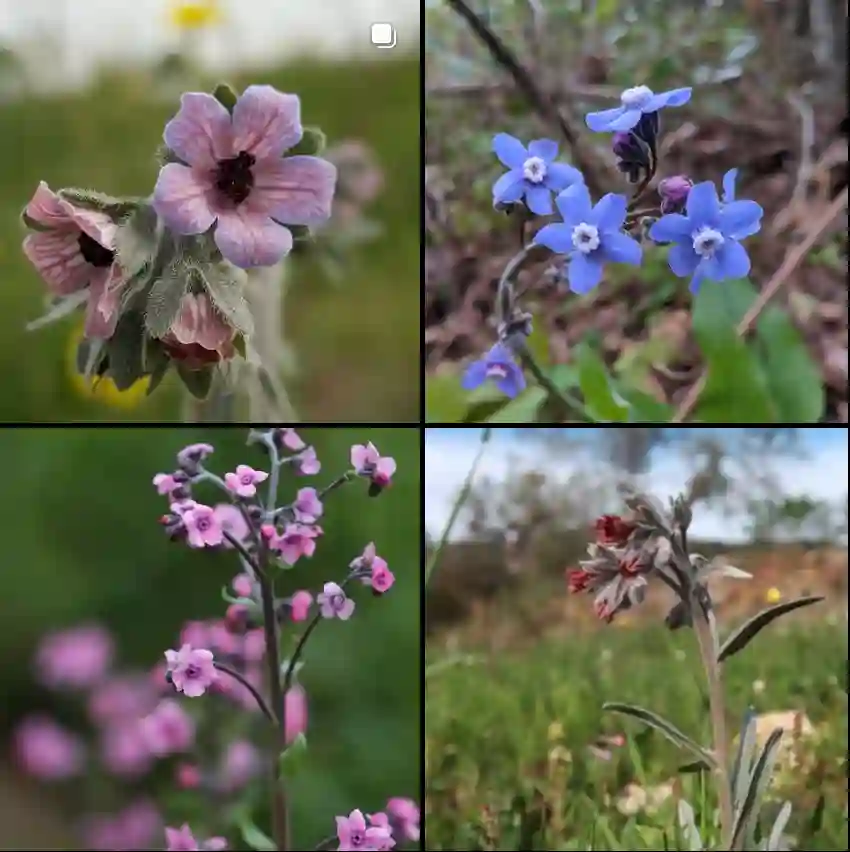The Enduring Allure of Xeranthemum: A Personal Reflection
My name is Ferb Vu, and I’ve always been drawn to the subtle beauty of dried flowers. Their delicate forms and muted colors possess a unique charm, a whisper of life preserved in time. Among my favorites is the genus Xeranthemum, a group of flowering plants belonging to the Asteraceae family. These plants, native to Southern Europe, are known for their papery blooms that retain their shape and color long after they’ve been cut. This quality, along with their understated elegance, has made them a staple in dried flower arrangements for centuries.
A Diverse Genus
The genus Xeranthemum encompasses several species, each with its own distinct characteristics:
- Xeranthemum annuum: This is the most common species, often referred to as the “common immortelle.” It boasts silvery-white bracts that surround a cluster of purple or pink florets.
- Xeranthemum inapertum: Also known as the “closed immortelle,” this species is characterized by its tightly closed flower heads that never fully open.
- Xeranthemum cylindraceum: This species features cylindrical flower heads with prominent, papery bracts.
- Xeranthemum longepapposum: This species is distinguished by its long, feathery pappus, a tuft of hairs that aids in seed dispersal.
While these are some of the more recognized species, ongoing botanical research may reveal even more hidden gems within this fascinating genus.
Timeless Beauty
What I find most captivating about Xeranthemum is its enduring nature. The very name, derived from the Greek words “xeros” (dry) and “anthos” (flower), speaks to its inherent ability to withstand the passage of time. The flowers’ papery texture and persistent color make them ideal for dried arrangements, where they can be enjoyed for months or even years.
This longevity has not gone unnoticed throughout history. Xeranthemum has been a cherished symbol of remembrance and everlasting affection in various cultures. In Victorian times, it was a popular addition to sentimental bouquets and memorial wreaths. Today, it continues to be a sought-after element in modern floral designs, adding a touch of vintage charm and enduring beauty.
Cultivating Xeranthemum
My own experience with Xeranthemum has been primarily as an admirer of its dried form. However, I’ve recently been intrigued by the prospect of cultivating these fascinating plants myself. From what I’ve gathered, they are relatively easy to grow, preferring well-drained soil and plenty of sunshine. They are also drought-tolerant, making them a suitable choice for arid climates.
I envision a small patch in my garden dedicated to these charming plants, their silvery blooms swaying gently in the breeze. The prospect of harvesting and drying my own Xeranthemum flowers, to be used in personal creations or shared with loved ones, fills me with a sense of anticipation.
A Symbol of Enduring Qualities
Beyond its aesthetic appeal, Xeranthemum holds a deeper significance for me. It serves as a reminder that beauty can be found in unexpected places, even in the seemingly fragile and fleeting. It speaks to the enduring nature of memories and emotions, which, like these remarkable flowers, can persist long after the initial experience has faded.
In a world that often prioritizes the ephemeral and the fleeting, Xeranthemum stands as a symbol of lasting value. Its quiet resilience and enduring beauty offer a comforting reminder that some things are meant to last.
If i die, water my plants!



